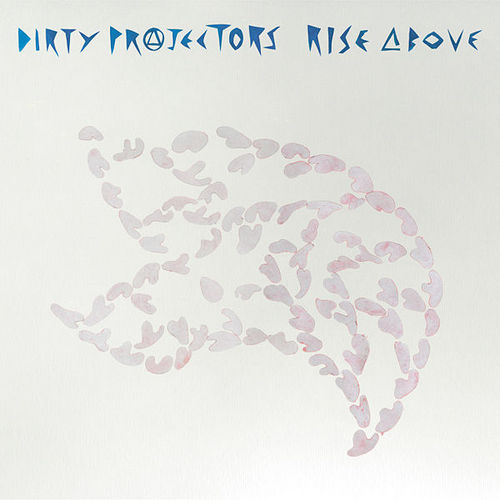Joe Bageant’s Deer Hunting With Jesus: Dispatches from America’s Class War. Why describe it when dozens of reviewers already have:
Bageant mixes a reporter’s keen analysis, a storyteller’s color, and a native son’s love of his roots in this absorbing dissection of America’s working poor. Returning to his hometown of Winchester, Virginia, after 30 years of life among the elite journalistic class, Bageant sought to answer the question of why the working poor vote for Republicans in apparent opposition to their own interests. (Booklist)
This is a great book. Like Drew Westen’s The Political Brain, it sets out to explain why democrats just can’t capture the hearts and votes of working class America.
There was a particular passage that I thought synced up nicely with Barack Obama’s recent “race” speech, where Obama said:
As imperfect as [Reverend Wright] may be, he has been like family to me. He strengthened my faith, officiated my wedding, and baptized my children. Not once in my conversations with him have I heard him talk about any ethnic group in derogatory terms, or treat whites with whom he interacted with anything but courtesy and respect. He contains within him the contradictions – the good and the bad – of the community that he has served diligently for so many years.
I can no more disown him than I can disown the black community. I can no more disown him than I can my white grandmother – a woman who helped raise me, a woman who sacrificed again and again for me, a woman who loves me as much as she loves anything in this world, but a woman who once confessed her fear of black men who passed by her on the street, and who on more than one occasion has uttered racial or ethnic stereotypes that made me cringe.
These people are a part of me. And they are a part of America, this country that I love.
The passage from Bageant quote concerns religion, but it has the same theme—your people are your people, and they’re a part of you, no matter what:
Only another liberal raised in a fundamentalist clan can understand what a strange, sometimes downright hellish circumstance it is — how such a family can despise everything you believe in, see you as a humanist instrument of Satan, yet still love you and be right there for you when your back goes out or a divorce shatters your life. How they can never fail to invite you to the family’s Thanksgiving dinner.
It must be plain that I do not find much conversational fat to chew around the Thanksgiving table. Politically and spiritually, my family and I may be said to be dire enemies. Love and loathing coexist. There is talk but no communication. At times it seems we are speaking to one another through an unearthly veil, wherein each party knows it is speaking to an alien. There is a sort of high, eerie, mental whine in the air. This is the sound of mutually incomprehensible worlds hurtling toward destiny, passing with great psychological friction, obvious to all yet acknowledged by none.
After a lifetime of identity conflict, I have come to accept that these are my people — by blood, even if not politically or spiritually. I have prayed with them, mourned with them, and celebrated their weddings. I share their rude tastes and humor, and I am marked by the same fundamentalist God-instilled self-loathing. No matter how much I may change or improve my condition, I cannot escape their pathos. I go forward, yet I remain. I wait anxiously and strive for change, for relief from what feels like an increased stifling of personal liberty, beauty, art, and self-realization in America. They wait in spooky calmness for Jesus.
Highly recommended. Thanks to Jessa Crispin for the tip.
Links:





